Summer is just around the corner! And if you are anything like us, that means you are craving all the fresh, bountiful produce that comes with it. Maybe you’re even in the process of planning out your first home garden!
For the newbie gardener, it can be hard to decide what types of produce to include.
Or for some of us, what NOT to include. Wandering through the aisles of your local gardening store, it can be tempting to include every type of heirloom vegetable you lay your eyes on.
The first rule of gardening is to grow what you’ll use. Instead of grabbing every variety of squash that sound interesting, stick with the produce you know that you and your family eats on a regular basis.
We’ve broken down some of the most popular vegetables for home gardeners, and how best to care for them. With our help, you’ll spend less time researching, and more time outside getting ready for your first harvest.
Tomatoes
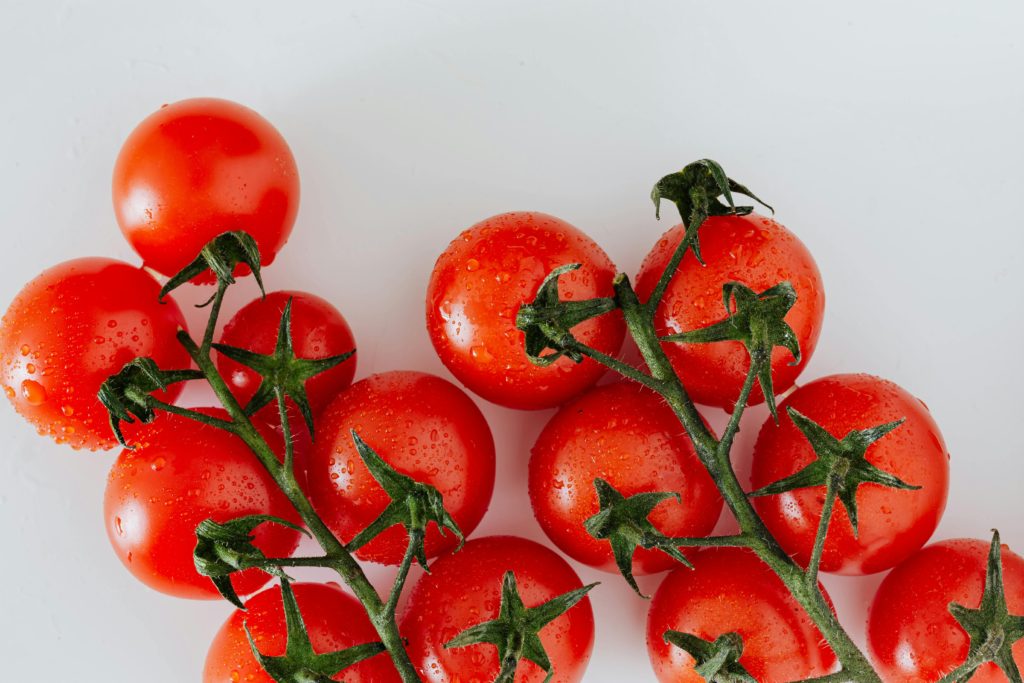
Tomatoes are a favorite plant for beginning gardeners. They are relatively easy to grow, and can be used in a wide variety of recipes.
Perhaps the most important aspect of growing tomatoes is that they require lots of sunshine. Tomatoes thrive in a hot, dry environment, so if you forget to water for a day or so, they should be fine. It’s important to provide them with a cage or trellis to grow on.
There are so many ways to use your garden tomatoes. Our personal favorite is to slice them up and serve fresh, with salt and pepper. But they are also great served in pasta, in salsas, or as part of a summery salad.
Tomatoes are also a great crop to preserve. You can can them, make your own sundried tomatoes, or preserve as a sauce.
Cucumbers
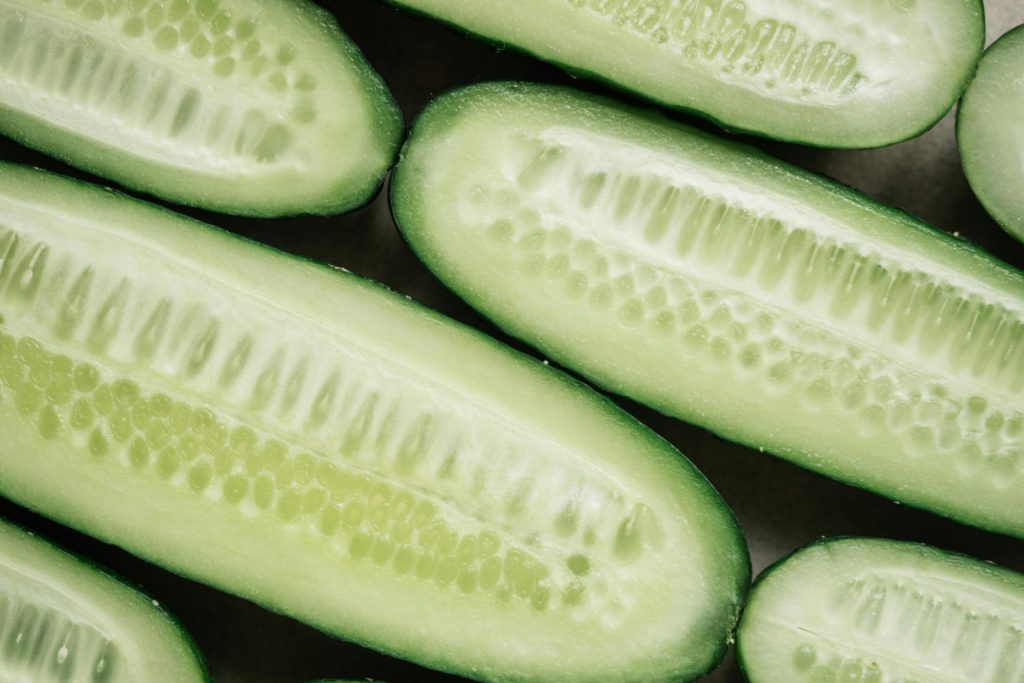
When the weather heats up, there’s nothing like the refreshing, crisp bite of a cucumber picked right off of the ground. Lucky for us, cucumbers are also a great beginner garden crop.
Cucumbers do best in the warmth. When looking to plant your cucumbers, make sure that the average temperature is staying around 70 degrees, consistently. Unlike tomatoes, cucumbers do require regular water intakes. Make sure they are receiving about an inch of water a week. Cucumbers also require cages or a trellis to grow over.
Cucumbers are delicious on their own. We also love serving them as a side dish, particularly in this Japanese cucumber salad. If you are looking to save excess cucumbers, consider making your very own pickles!
Lettuces
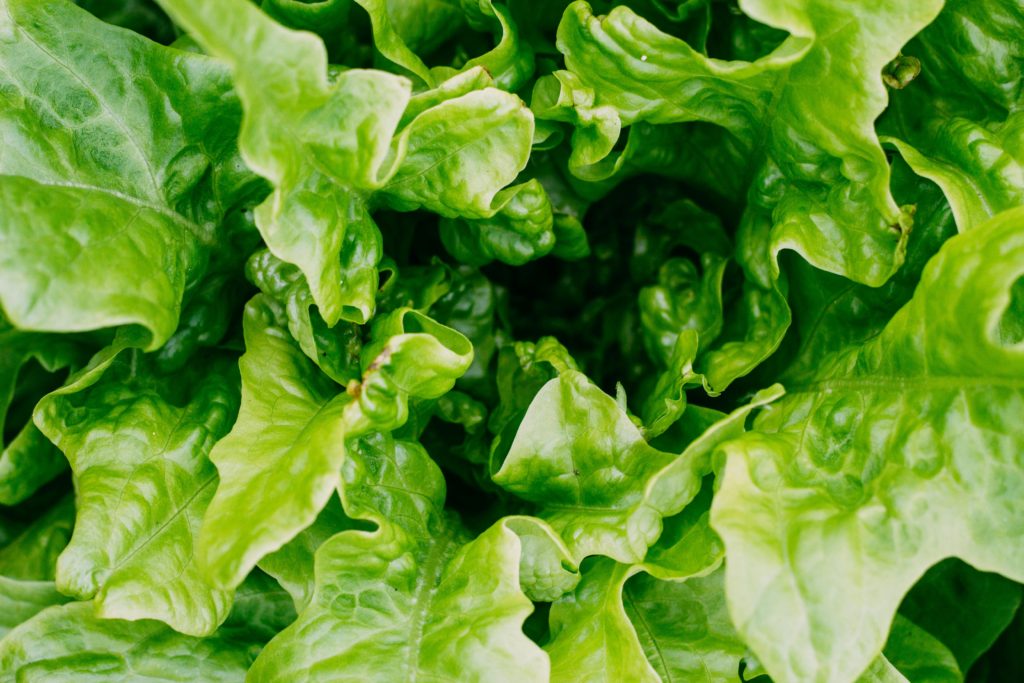
Once you’ve grown your own lettuce, it’s hard to go back. When you can simply step outside and pick a couple tender green leaves for your salad, you’ll never want to buy an overpriced bag of salad greens at the store, again!
There are so many varieties of lettuce to choose from. The good news is that they are all quite easy to grow. Don’t have a backyard to start a garden in? Many types of lettuce grow wonderfully in pots or raised garden beds.
Most lettuce varieties should be planted in the spring. Lettuce does best in the sun, but can also tolerate some amount of shade. When harvesting your lettuce, we recommend picking the outermost leaves of the plant. That way, the bud will keep producing new leaves for you to pick from.
There are tons of delicious salad recipes out there, but we think you can never go wrong with a classic Cobb!
Zucchini
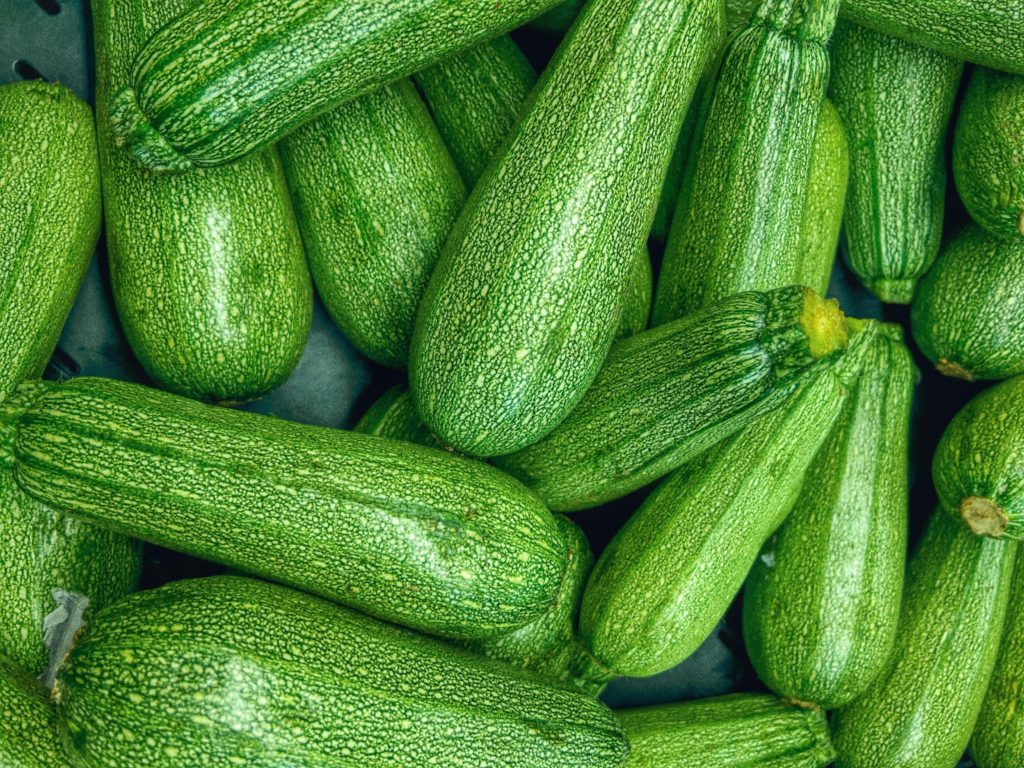
Zucchini is a great vegetable to grow because it is so versatile! Grilled, stir fried, or turned into zoodles, there are hundreds of delicious ways to enjoy this plant. You can also freeze it to have on hand in the colder months.
Like most vegetables, zucchini requires full sun to thrive. Be sure to keep the soil moist, providing your plants with 1-1.5 inches of water per week. Zucchini can grow to be quite large, but we recommend harvesting them when they are between 6-12 inches, for the most tender bites.
Peas
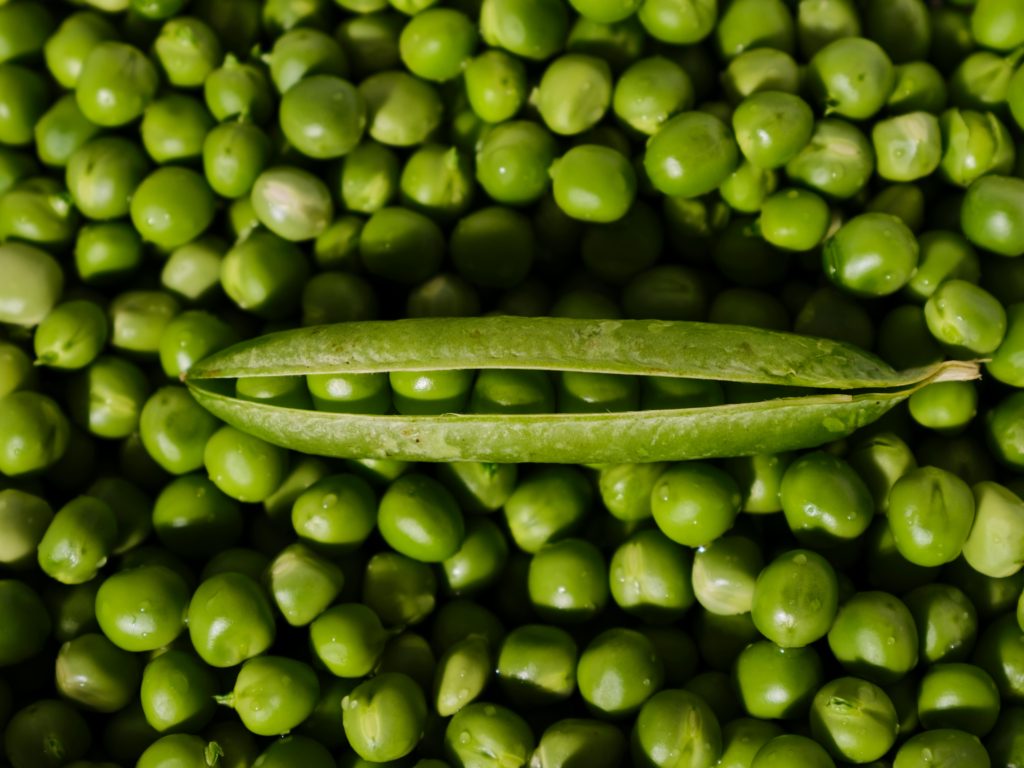
Peas are the ultimate spring crop, in the sense that they thrive when the ground is still too cold for most seeds to be planted. If you live in a cooler climate, you still have time to plant yours!
One of the best parts about peas is that they don’t require excessive watering. While you certainly don’t want to let the soil dry up, too much watering will cause the roots to rot. Be sure to err on the side of underwatering, to avoid this.
We recommend enjoying the peas fresh, as it’s a whole different culinary experience than the frozen peas we are used to. Add them into pasta with a light, buttery sauce for a perfect spring meal. Can’t eat them all? You can make your own frozen peas to keep on hand for the cold, winter months.
Carrots
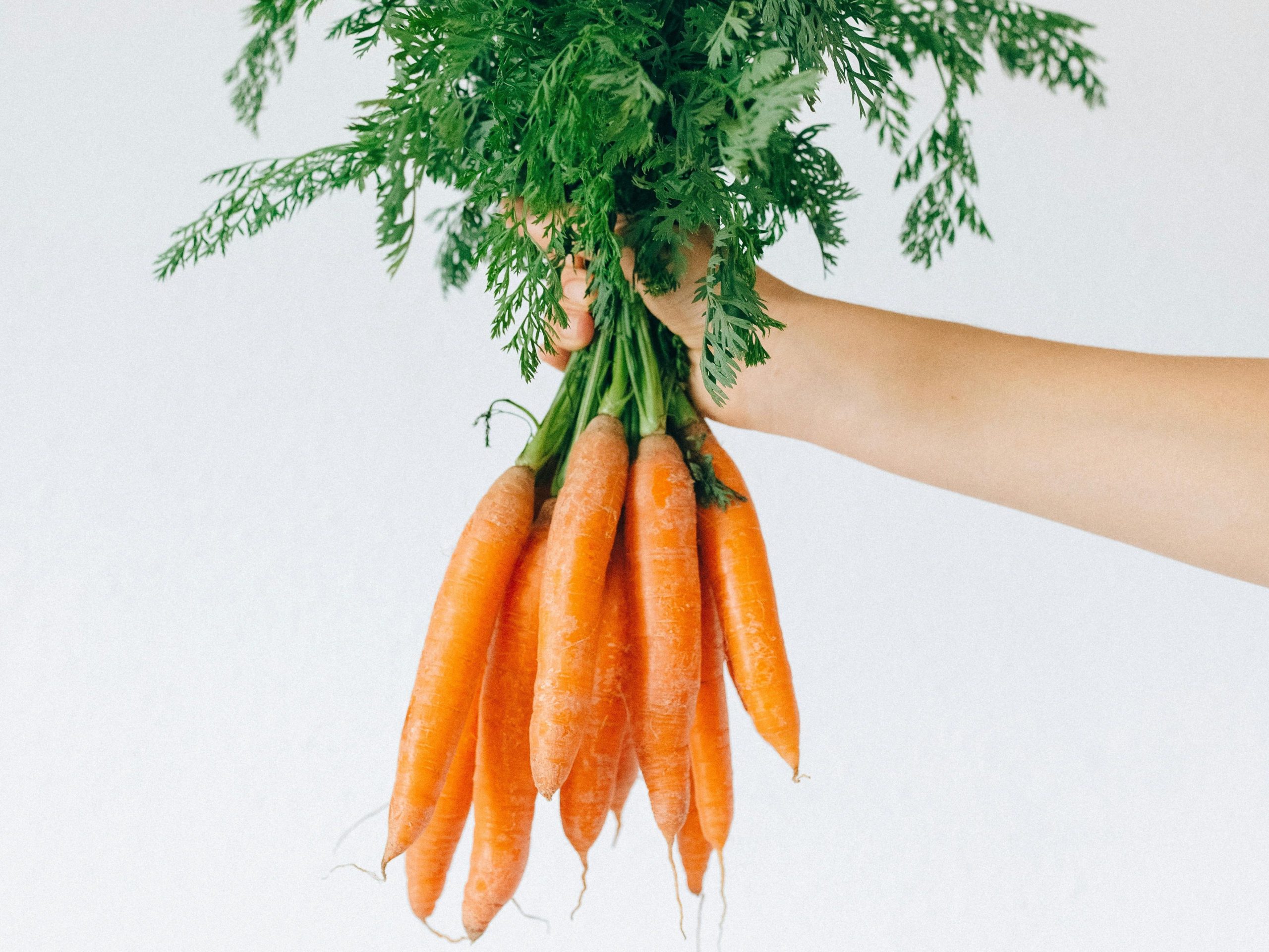
Like peas, carrots prefer to start growing before the weather turns to hot. Make sure to plant your seeds in the spring, for the best results. Once planted, carrots can grow into late fall.
Carrots are also great if you have a shadier yard, as they will tolerate shade better than most other vegetables. They grow quickly, and are ready to pick as soon as they are about finger length, although you can certainly let them grow longer.
Carrots are also a great storage crop. They can be frozen, or simply stored in a cool, dark place, like a basement.
Radishes
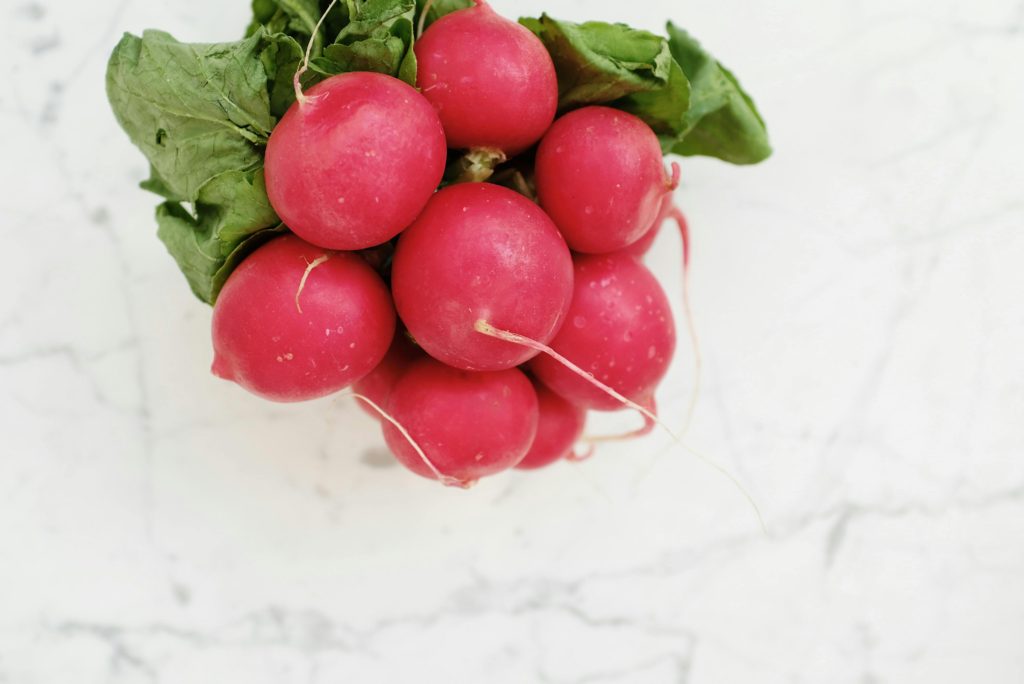
Radishes might not necessarily be your go-to, when it comes to produce, but we think they are pretty great! These peppery, fuscia colored root vegetables are great to start growin in springtime. The downside, is that they grow best in very moist soil, so you will have to be vigilant about watering daily.
Radishes are a great way to add a pop of color to your salad. Our favorite way to eat them? Dipped into a garlicky hummus, for a snack that is full of nutrients and flavor.
Cabbage
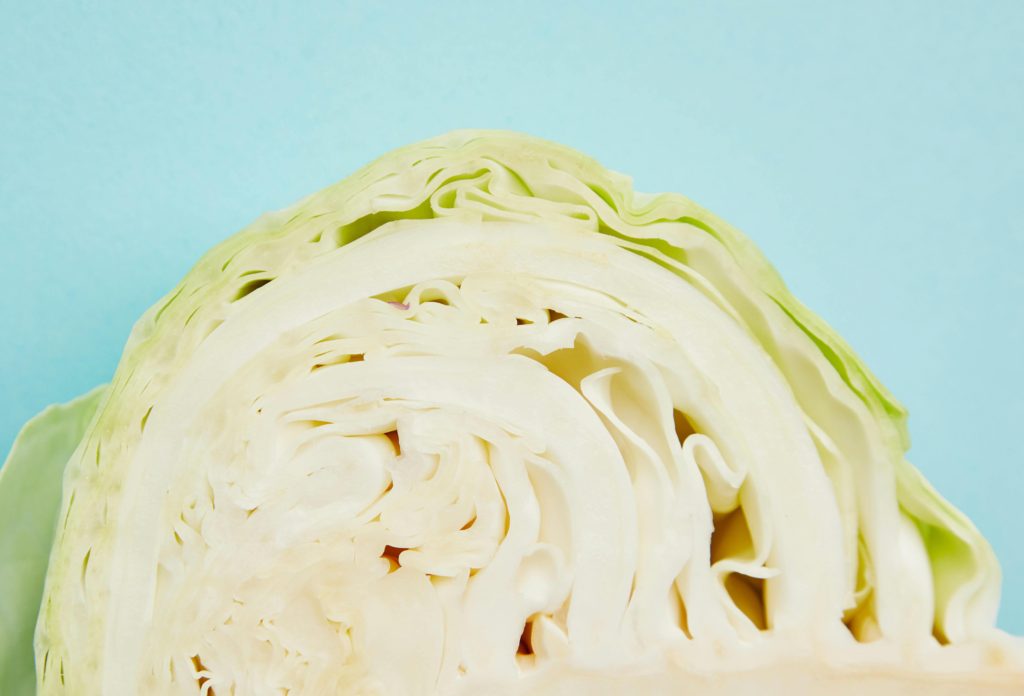
Let’s make 2024 the year of the cabbage! Cabbage is a HUGELY versatile vegetable that can be eaten raw, cooked, or fermented into sauerkraut. It’s a great way to add extra nutrients into your stir fries and salads, or as a crunchy topping on sandwiches.
We also love how well cabbage stores, though the colder months. Simply store it in a cold, dark area like a basement, and you can have homegrown cabbage well into winter.
Cabbages do best when they are planted in the spring. They prefer soil that is kept evenly moist, and require full sun.
What is your favorite vegetable to grow in the garden? Share with us below!
